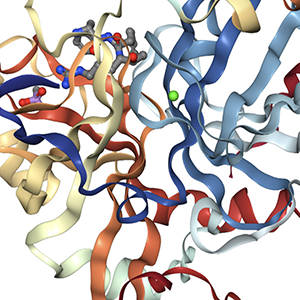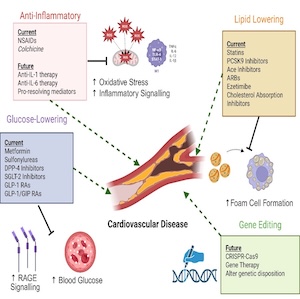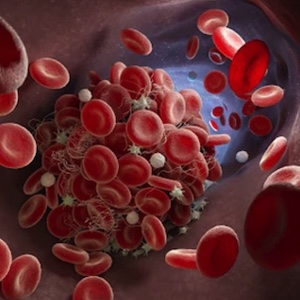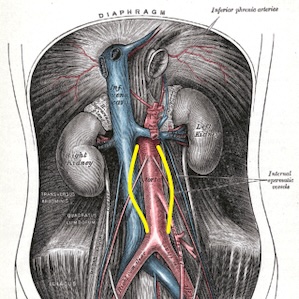Original Articles
Vol. 1 No. 2 (2022)
Comparison among three different bleeding scores and the thrombin generation assay to assess the different hemorrhagic phenotypes in patients with FVII deficiency

Publisher's note
All claims expressed in this article are solely those of the authors and do not necessarily represent those of their affiliated organizations, or those of the publisher, the editors and the reviewers. Any product that may be evaluated in this article or claim that may be made by its manufacturer is not guaranteed or endorsed by the publisher.
All claims expressed in this article are solely those of the authors and do not necessarily represent those of their affiliated organizations, or those of the publisher, the editors and the reviewers. Any product that may be evaluated in this article or claim that may be made by its manufacturer is not guaranteed or endorsed by the publisher.
Received: 16 January 2022
Accepted: 13 May 2022
Accepted: 13 May 2022
5066
Views
324
Downloads
Similar Articles
- Giovanni L. Tiscia, Donatella Colaizzo, Antonio De Laurenzo, Filomena Cappucci, Lucia Fischetti, Elena Chinni, Mario Mastroianno, Giovanni Favuzzi, Massimo Carella, Elvira Grandone, Thrombin generation assay in COVID-19 patients shows a hypocoagulable pattern , Bleeding, Thrombosis and Vascular Biology: Vol. 3 No. 3 (2024)
- CS07 | Endothelial dysfunction and impaired angiogenesis in Hermansky-Pudlak syndrome (HPS) type 1: studies with endothelial colony forming cells , Bleeding, Thrombosis and Vascular Biology: Special issues
- Cristina Santoro, Alessandro Casini, Addressing some challenges of congenital fibrinogen disorders in 2023 and beyond , Bleeding, Thrombosis and Vascular Biology: Vol. 2 No. 3 (2023)
- Vincenzo Sammartano, Adele Santoni, Elisabetta Zappone, Paola Calzoni, Daniela Fineschi, Eleonora Franceschini, Federico Caroni, Anna Sicuranza, Monica Bocchia, Luca Puccetti, A case of acquired factor XIII deficiency secondary to plasmablastic lymphoma , Bleeding, Thrombosis and Vascular Biology: Vol. 2 No. 1 (2023)
- Federica Mancazzo, Antonia Vitulli, Lavinia Dirienzo, Concetta T. Ammollo, Fabrizio Semeraro, Mario Colucci, Influence of emicizumab on protein C-mediated clotting regulation , Bleeding, Thrombosis and Vascular Biology: Vol. 2 No. 4 (2023)
- Coenraad H. Hemker, The clinical usefulness of measuring thrombin generation , Bleeding, Thrombosis and Vascular Biology: Vol. 2 No. 1 (2023)
- Mattia Galli, C. Michael Gibson, Dominick J. Angiolillo, Factor XI inhibitors in adjunct to antiplatelet therapy: the ultimate dual-pathway inhibition? , Bleeding, Thrombosis and Vascular Biology: Vol. 2 No. 3 (2023)
- Augusto Di Castelnuovo, The evolution of hemostasis genetics: from monogenic disorders to complex traits. A historical perspective , Bleeding, Thrombosis and Vascular Biology: Vol. 4 No. 2 (2025)
- Niccolò Bitto, Vincenzo La Mura, Anna Ludovica Fracanzani, Armando Tripodi, Is non-alcoholic fatty liver disease a prothrombotic risk factor? , Bleeding, Thrombosis and Vascular Biology: Vol. 2 No. 2 (2023)
- Lisa Pieri, Silvia Linari, Francesca Salvianti, Monica Attanasio, Giancarlo Castaman, Impaired platelet function in Hermansky-Pudlak syndrome associated with novel mutations in HPS3, HPS6 and HPS8 genes , Bleeding, Thrombosis and Vascular Biology: Vol. 3 No. 3 (2024)
1-10 of 60
Next
You may also start an advanced similarity search for this article.














